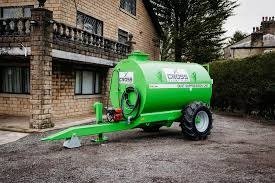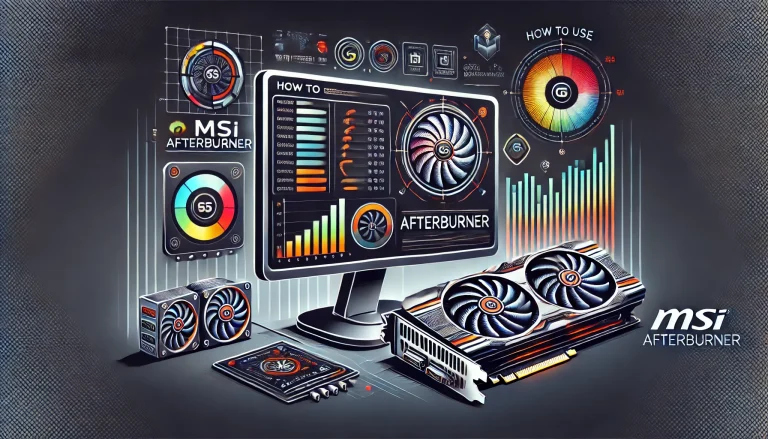Page speed is a crucial factor for both user experience and search engine optimization (SEO). A slow-loading blog can lead to higher bounce rates, lower engagement, and decreased rankings on search engines like Google. Therefore, optimizing your blog’s page speed is essential for achieving SEO success and providing a seamless experience for your visitors.
In this article, we will explore various methods to enhance your blog’s page speed and how each of them contributes to improved SEO performance.
Why Page Speed Matters for SEO
Page speed is a key ranking factor for search engines. Google uses various metrics to assess the speed and overall performance of your site. A slow-loading blog not only frustrates users but can also hurt your search engine rankings. It’s important to optimize your blog’s page speed to meet Google’s standards and boost your SEO performance.
Understanding Key Metrics of Page Speed
There are several metrics to measure page speed, such as:
- Fully Loaded Page: The time it takes for all elements on the page to load completely.
- Time to First Byte (TTFB): The time it takes for the server to send the first byte of information.
- First Meaningful Paint: The time it takes for enough elements to load for the user to start interacting with the content.
Each of these metrics provides insight into how well your site performs, and optimizing them can significantly enhance your blog’s overall speed and user experience.
visit this website:The Importance of Security in Credit Card Terminal
Techniques to Improve Your Blog’s Page Speed
- Compress Images Images often take up a significant portion of a page’s size, contributing to slower load times. Use tools like WP Smush or ImageOptim to compress images without losing quality. For better results, choose the right file format, such as JPEG for photos and PNG for detailed images.
- Enable Browser Caching Browser caching temporarily stores elements like images and CSS files in a user’s browser. This way, when a user revisits the site, it loads faster. Plugins like W3 Total Cache can help you enable browser caching effectively.
- Minify JavaScript, CSS, and HTML Minification removes unnecessary characters like spaces and comments from your code, reducing the file size. Use plugins like WP Rocket or online tools like Minifier.org to minify your site’s files.
- Use a Content Delivery Network (CDN) A CDN stores copies of your site’s content on multiple servers around the world, reducing the distance data has to travel. This leads to faster loading times, especially for users far from your site’s main server.
- Optimize Server Response Time Slow server response times can hinder your site’s performance. Consider upgrading your hosting plan to a faster solution like dedicated or VPS hosting. Optimizing your server’s configuration can also reduce load times.
Additional Tips for Boosting Blog Performance
- Reduce Redirects Redirects add additional HTTP requests, slowing down your site. Use tools like Semrush’s Site Audit to identify and remove unnecessary redirects.
- Optimize Core Web Vitals Core Web Vitals, such as Largest Contentful Paint (LCP), Total Blocking Time (TBT), and Cumulative Layout Shift (CLS), are essential metrics that reflect your page’s overall health and user experience. Addressing these issues can lead to significant improvements in page speed.
- Implement Lazy Loading Lazy loading defers the loading of images and videos until they are in the user’s viewport. This reduces the initial load time, making your site feel faster and more responsive.
- Eliminate Render-Blocking Resources Render-blocking JavaScript and CSS can delay page loading. Use tools like PageSpeed Insights to identify and remove these elements for a smoother loading experience.
Why a Faster Blog Leads to SEO Success
Improving your blog’s page speed has several benefits beyond better rankings. A fast-loading blog ensures a positive user experience, leading to higher engagement, lower bounce rates, and increased conversion rates. Google recognizes these signals and rewards websites that provide a better user experience.
Conclusion
Optimizing your blog’s page speed is vital for SEO success. By implementing techniques like image compression, caching, and reducing redirects, you can significantly improve your site’s performance. Remember, faster pages not only rank higher on search engines but also create a better experience for your visitors. So, prioritize page speed to ensure your blog reaches its full potential in terms of visibility and user engagement.







